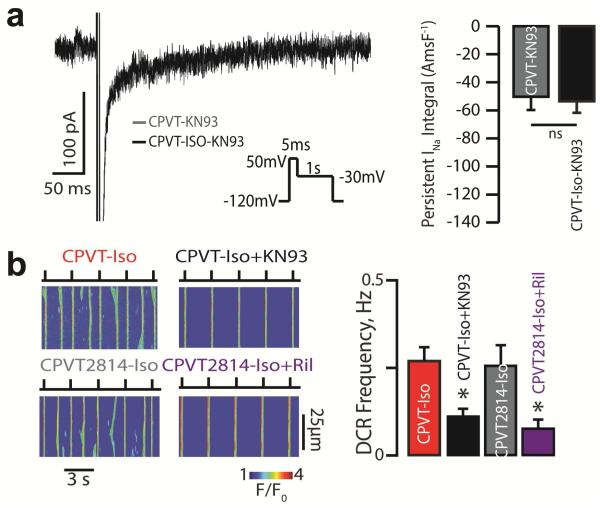Fig. 3. Proarrythmic effect of β-AR stimulation on TTX-sensitive persistent INa involves CAMKII phosphorylation of nNav and is independent of RyR2 phosphorylation.
(a) Effect of β-AR stimulation on persistent INa is mediated through CaMKII. Representative traces of persistent INa recorded in CPVT cardiomyocytes exposed to CaMKII inhibitor KN93 (1 μM) before and after treatment with 100 nM Iso (n = 9 cells for both groups, p=0.14 Wilcoxon signed-rank test). (b) CaMKII modulates DCR independent of RyR2 phosphorylation at S2814. Representative line-scan images recorded in CPVT ventricular cardiomyocytes as well as those expressing RyR2 that cannot be phosphorylated by CaMKII at site 2814 (S2814A). Myocytes were loaded with Ca2+ indicator, Fluo-3 AM and paced at 0.3 Hz. CaMKII inhibition with 1 μM KN93 reduced DCR frequency in Iso treated CPVT cardiomyocytes (n=166 and 105, respectively; *, p = 0.001 Wilcoxon rank-sum test). CPVT2814 cardiomyocytes did not evidence altered DCR frequency relative to Iso-treated CPVT myocytes; however, exposure of Iso-treated CPVT2814 cardiomyocytes to Ril 10 μM significantly reduced DCR frequency relative to Iso alone (n = 57 and 61 cells, respectively; *, p=0.003 Wilcoxon rank-sum test).

